The Three Greatest Breakfast Teas in the World
TEATIME NOTES
Find tips, recipes, and articles to increase your delight and enjoyment of tea.
The Three Greatest Breakfast Teas in the World
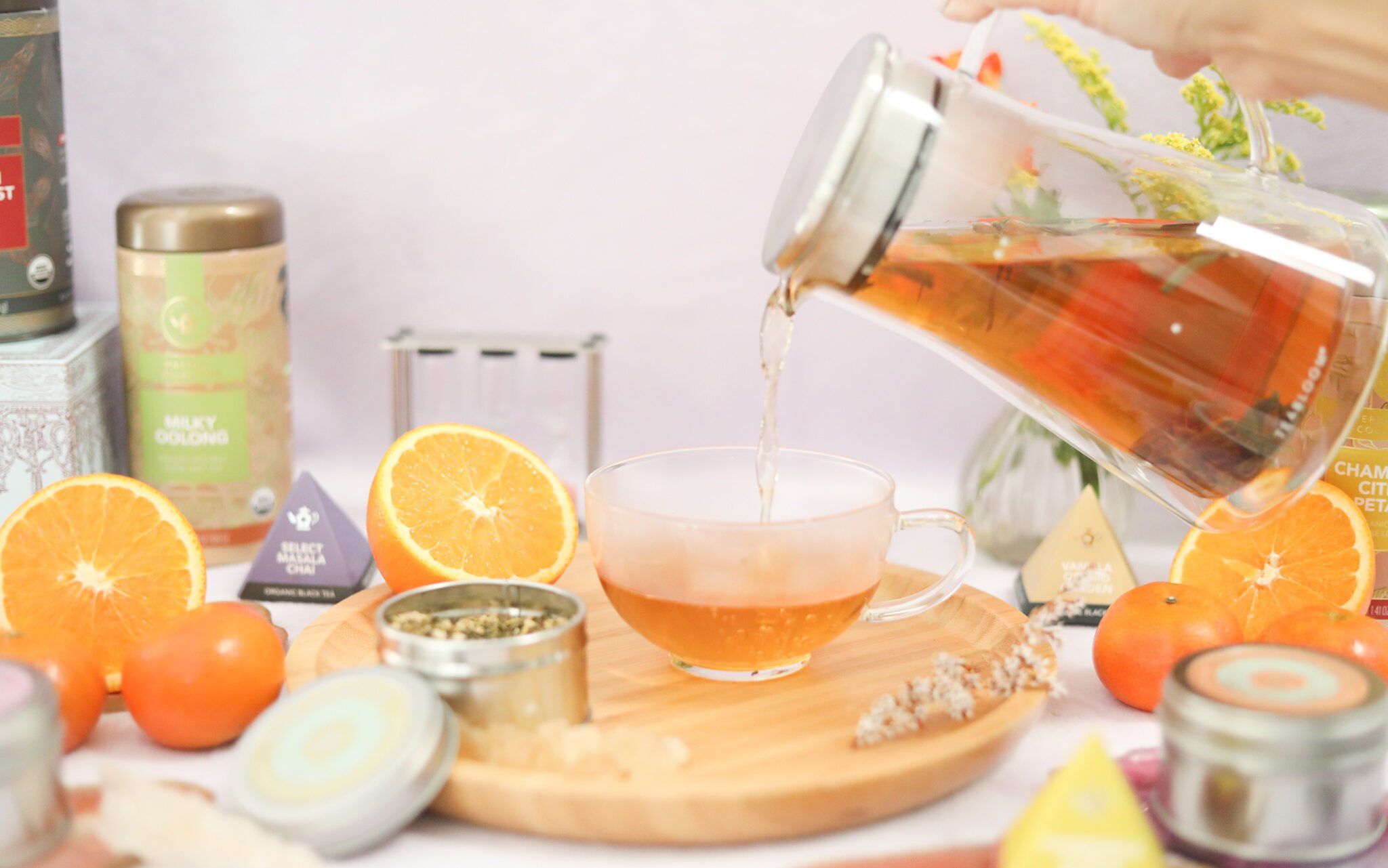
The Fascinating History and Beautiful Flavors of Breakfast Teas
Is there really all that much difference between English Breakfast and Irish Breakfast tea? It turns out breakfast teas have a lot in common — and a lot that’s unique!
Black breakfast tea is so much more than just plain black tea — each breakfast tea has different characteristics. Breakfast teas are defined by their history and the tea leaves sourced from different continents. But what exactly is breakfast tea and how does it compare to other teas such as Afternoon Tea? And what are the real differences between English, Irish, and Scottish Breakfast Teas?
What is “Breakfast Tea”?
Breakfast teas are about as obvious as they sound: they are teas that are served during breakfast. But this would mean that any kind of tea could qualify as breakfast tea, correct? Well, not exactly.
Traditionally, breakfast tea was not only served in the morning, but it was also characteristically robust, full-bodied, and it was a black tea. It was served alongside hearty, rich breakfast flavors — like sausage, eggs, and fried morning meals — and a strong black tea helped cut through these flavors.
Breakfast teas can be served with whole milk and sugar and they are typically higher in caffeine so you can start your day with a boost of energy. Afternoon teas, on the other hand, are traditionally taken later in the day and are not as strong as breakfast teas.
But today, as with many things, these traditions and rules are bent and broken. Now, breakfast teas are enjoyed throughout the day and evening in various countries.
The Big 3 - English, Irish, and Scottish Breakfast Teas
English Breakfast Tea is probably the most widely known of the breakfast teas as is Irish Breakfast Tea. But did you know that there is also a Scottish Breakfast Tea? And there are lots of other kinds of breakfast teas such as French Breakfast, Yorkshire Breakfast, Canadian Breakfast, China Breakfast, Russian Breakfast, and more!
Before we dive into the differences between the big three, it’s important to know that there is no official recipe for any type of breakfast tea. But, there are some generally agreed-upon characteristics that make each of these staple breakfast teas unique from one another. Here are some historical facts and basic flavors you’ll experience with English, Irish, and Scottish Breakfast teas.
What is English Breakfast Tea?
Of these three breakfast teas, English Breakfast is the lightest. It has a bright and rich flavor. It’s full-bodied and brisk.
It’s a black tea blend made from Ceylon tea leaves and Assam tea leaves. Depending on the source, it can also be made with Keemun from Kenya. English Breakfast was originally grown in China, but now it’s primarily grown in Ceylon in Sri Lanka.
History claims that English Breakfast was used for high tea - a hearty meal filled with roasts, meats, and a full dinner. But, things turned around for this tea when Queen Anne started using it for her afternoon tea routine. At the time it was likely that the tea that was served was actually a China black tea blend. Today, English Breakfast is a blend of Ceylon, Indian, and African tea leaves.
The English Breakfast tea that you drink today isn’t the same as it used to be. China’s Opium Wars caused an embargo on tea which meant that Chinese tea was not sold to Europe. Because of this, the British East India Company produced their own teas in Assam, India. By the 19th century, Ceylon tea was also being harvested in Sri Lanka. The two teas were blended together to make an even stronger English Breakfast Tea that you know and love today.
What is Irish Breakfast Tea?
Irish Breakfast Tea is heavier and stronger than English Breakfast. It has a rich and malty flavor and when it’s steeped the broth is an incredible reddish color due to the strong Assam tea leaves. The blend of tea leaves is similar to English Breakfast, but the dominant flavor and tea leaf is Assam — which gives Irish Breakfast its signature malty flavor.
Irish Breakfast packs a hearty punch and is usually served with milk. This may be because of the booming dairy industry in Ireland. Some people take their tea with only milk, and others with milk and sugar.
“Breakfast” might not be the most accurate term to use when describing this tea — and it’s not technically correct. It turns out, Irish Breakfast Tea is enjoyed regularly throughout the day.
Did you know that Ireland is one of the top tea-drinking countries in the world? The average Irish person drinks about 1,208 cups of tea a year — or about 3.3 cups of tea a day. The top tea-drinking country in the world is Turkey.
What is Scottish Breakfast Tea?
Of the three breakfast teas, Scottish Tea is usually the strongest. It has a malty and oaky flavor. Some people describe it as woody and smoky — which may come from the Assam tea.
Ceylon and Assam teas blend together with black teas from Indonesia and/or China. The Scottish Breakfast blend may include teas from China, Assam, Ceylon, Africa, and Indonesia.
Oddly enough, the original Scottish Breakfast tea is supposedly the first true British breakfast tea and was created around 1892 — but of course, the kind of Scottish Breakfast you enjoy today is different than the one that was invented long ago.
A tea master, named Drysdale, wanted to create an even stronger version of the British or English tea that was popularized by Queen Anne — which, remember, was actually a China black tea at the time. Drysdale wanted a tea that gave the drinker a hearty burst of energy and that would be suitable to serve alongside a hefty breakfast.
But, of course, the popularity of this tea caught the attention of Queen Victoria of England. It was remarketed and distributed throughout England and sold as “British Breakfast Tea.” This blend is very similar to the English Breakfast Tea that you know and love today. As a result, tea makers in Scottland made an even stronger tea that would surpass the strength and flavor of the original Scottish Breakfast.
But, more importantly, the Scots wanted to drink a tea whose flavor would combat their soft water issues — did you know that tea steeped with soft water doesn’t taste nearly as good as other kinds of water? For this reason, teas were blended together to mask the water conditions of certain areas. Today, our modern Scottish Breakfast is the boldest and strongest of these three breakfast tea varieties.
Robust Teaware for Hearty Teas
From modern silhouettes to classic designs, Teabloom’s exquisite teaware is made with sustainability, beauty, and your health in mind. Explore the largest selection of premium teaware made with the best material — borosilicate glass.
Borosilicate glass teaware is non-porous and can withstand extreme temperature changes. You can boil your water in your teapot directly on the stovetop, and you can flash chill your iced tea without worries about your glass tea pitcher shattering. This incredible teaware material is lead and cadmium-free, and will never leach toxic chemicals into your tea — unlike most porcelain and stone teaware.
Discover premium handcrafted teaware from Teabloom — the teaware company that has had your wellness in mind from day one. Shop a better kind of teaware, today.



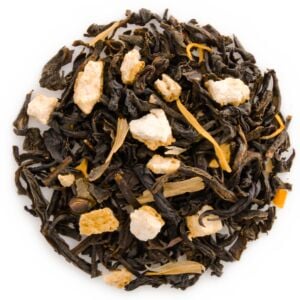
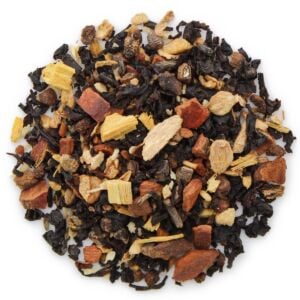
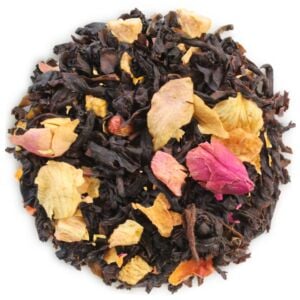

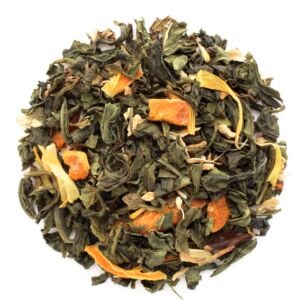
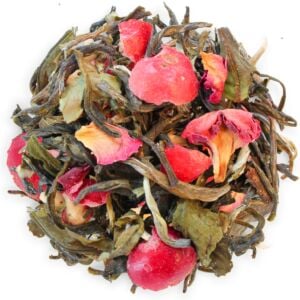
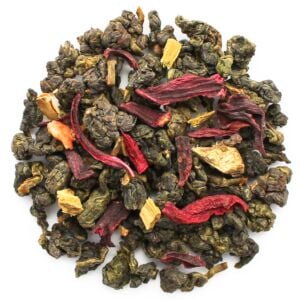
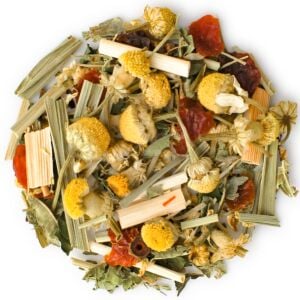
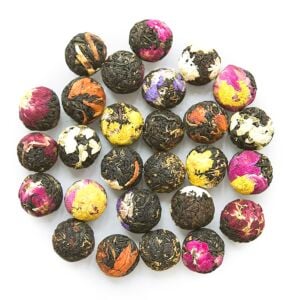


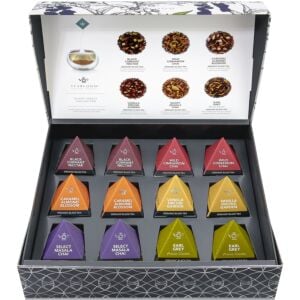
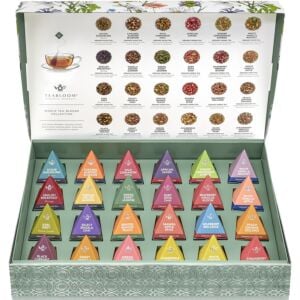



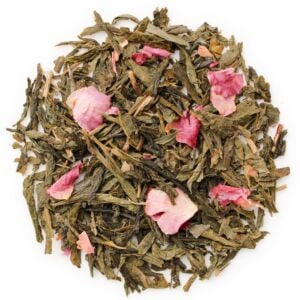

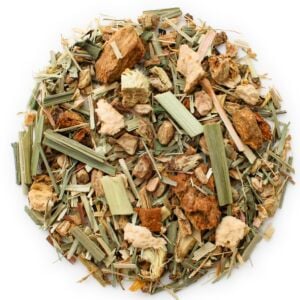

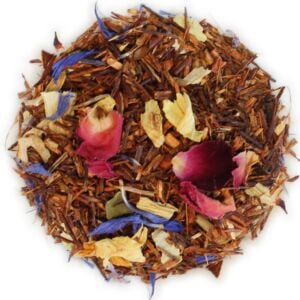
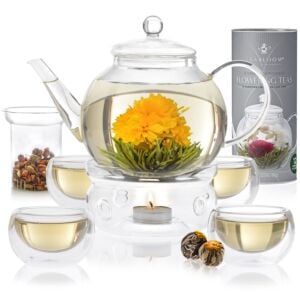
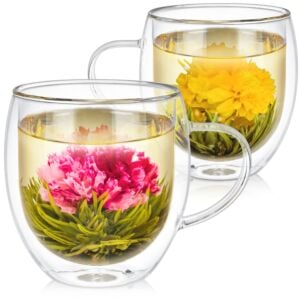
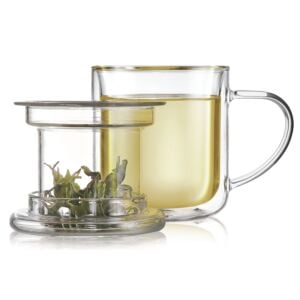
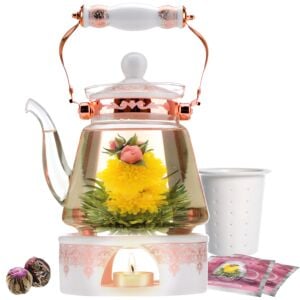
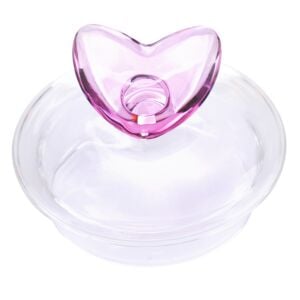
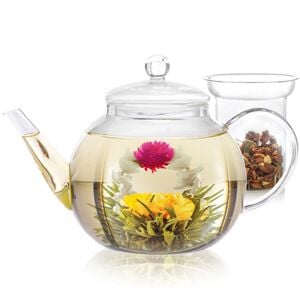


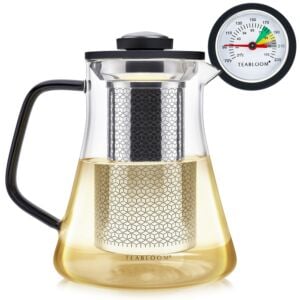
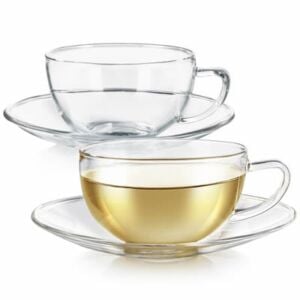
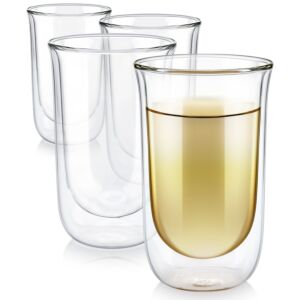
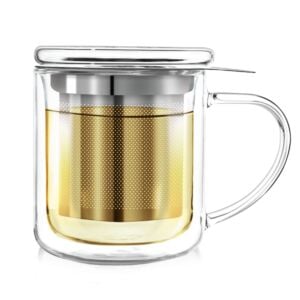
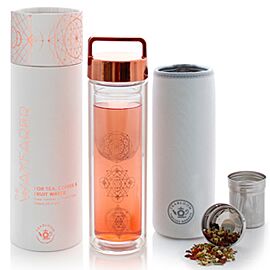

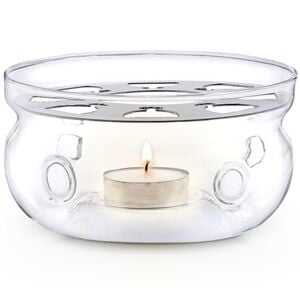
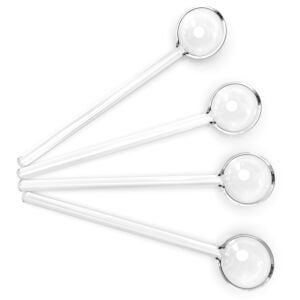
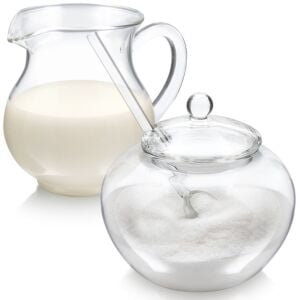
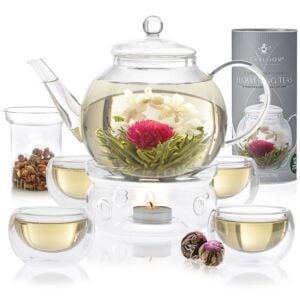
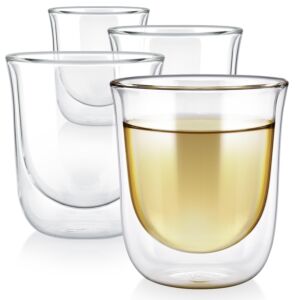


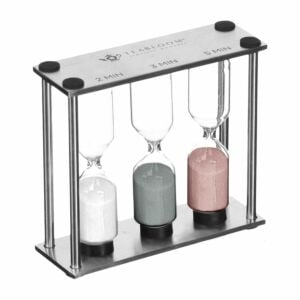
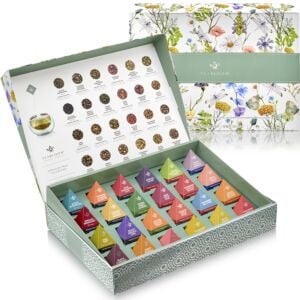

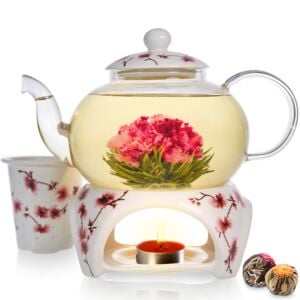
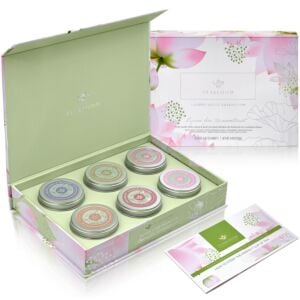

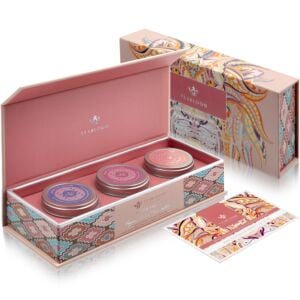



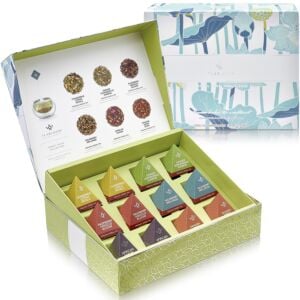
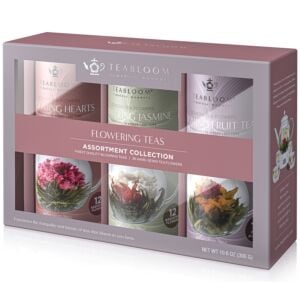


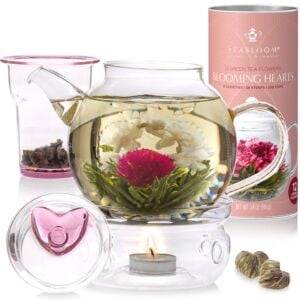

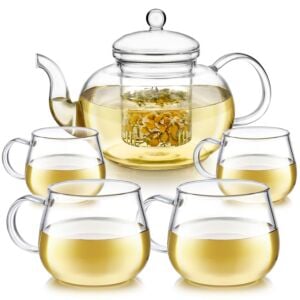



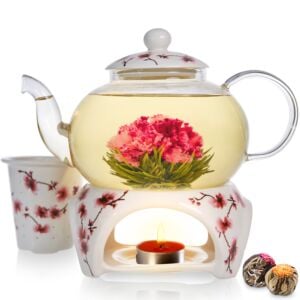
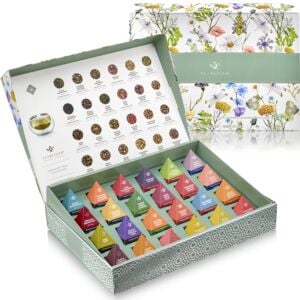
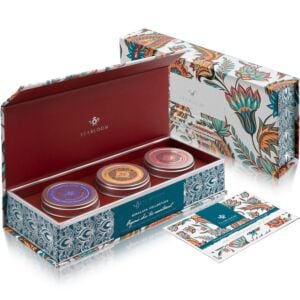
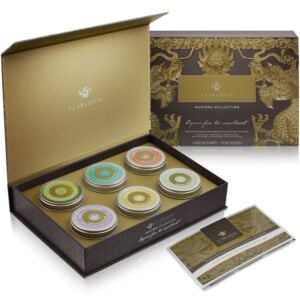


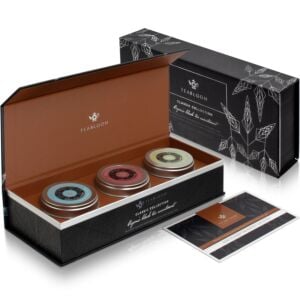



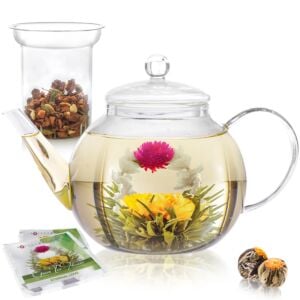
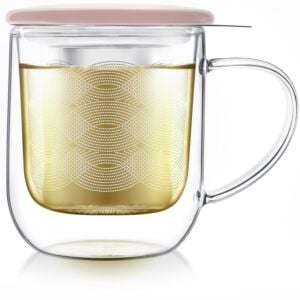

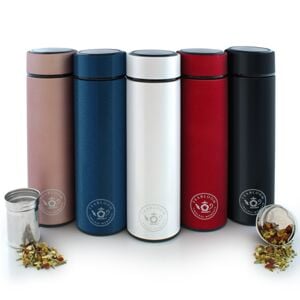
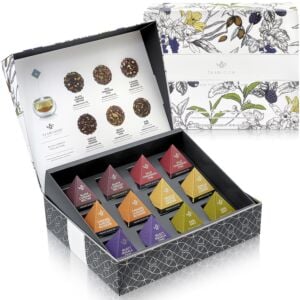


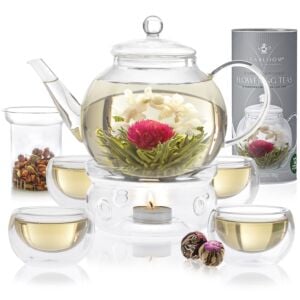
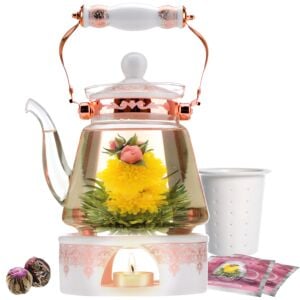
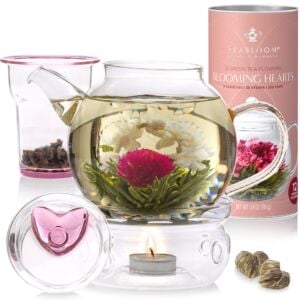


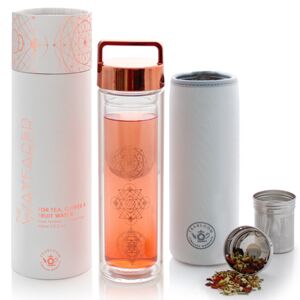

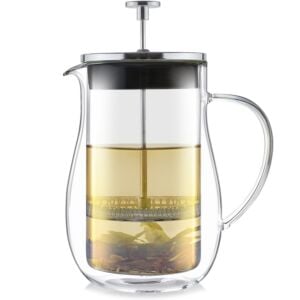

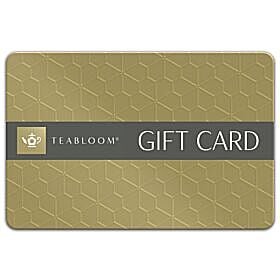
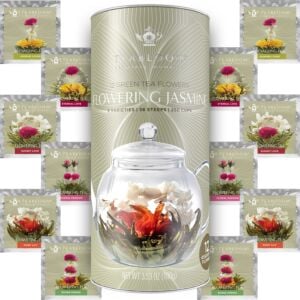


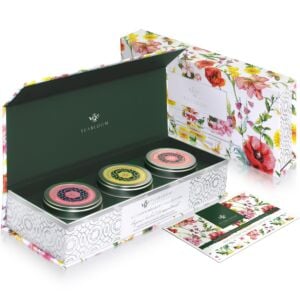



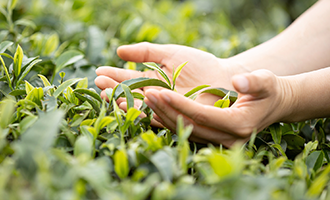
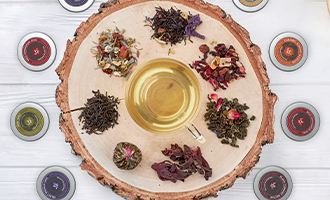

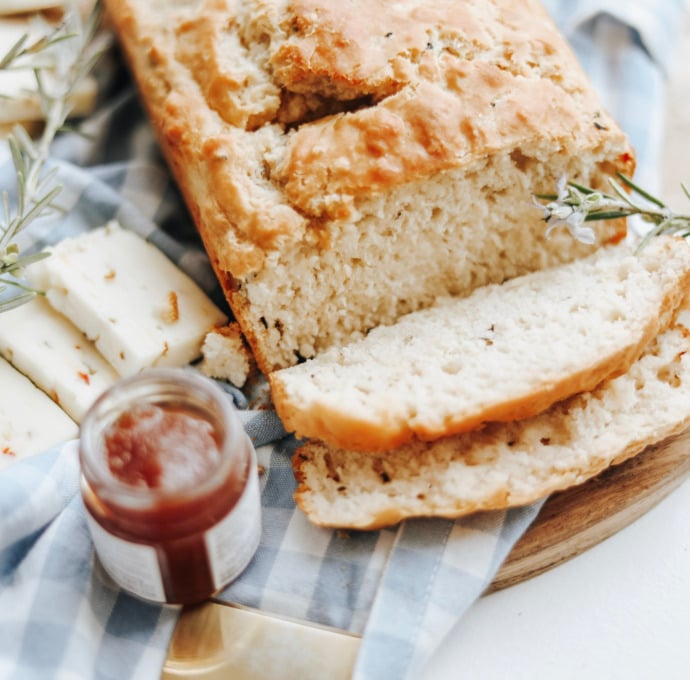
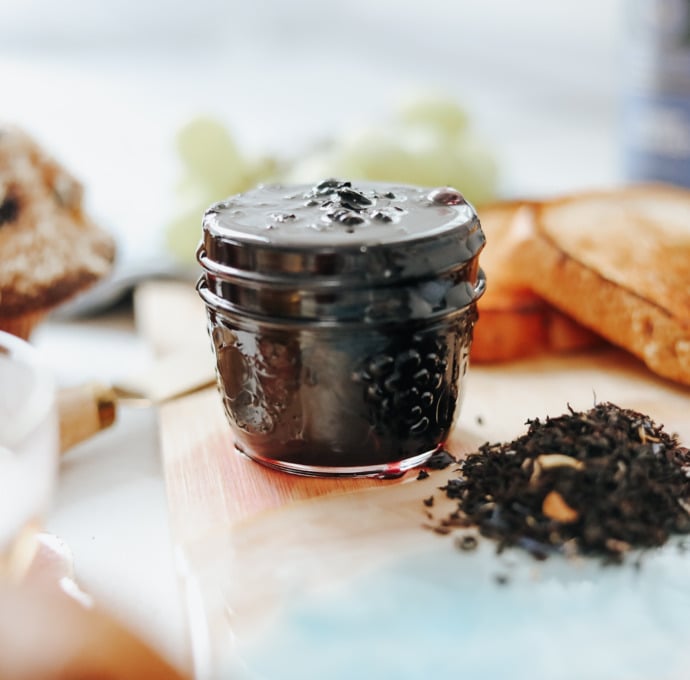

Share your thoughts